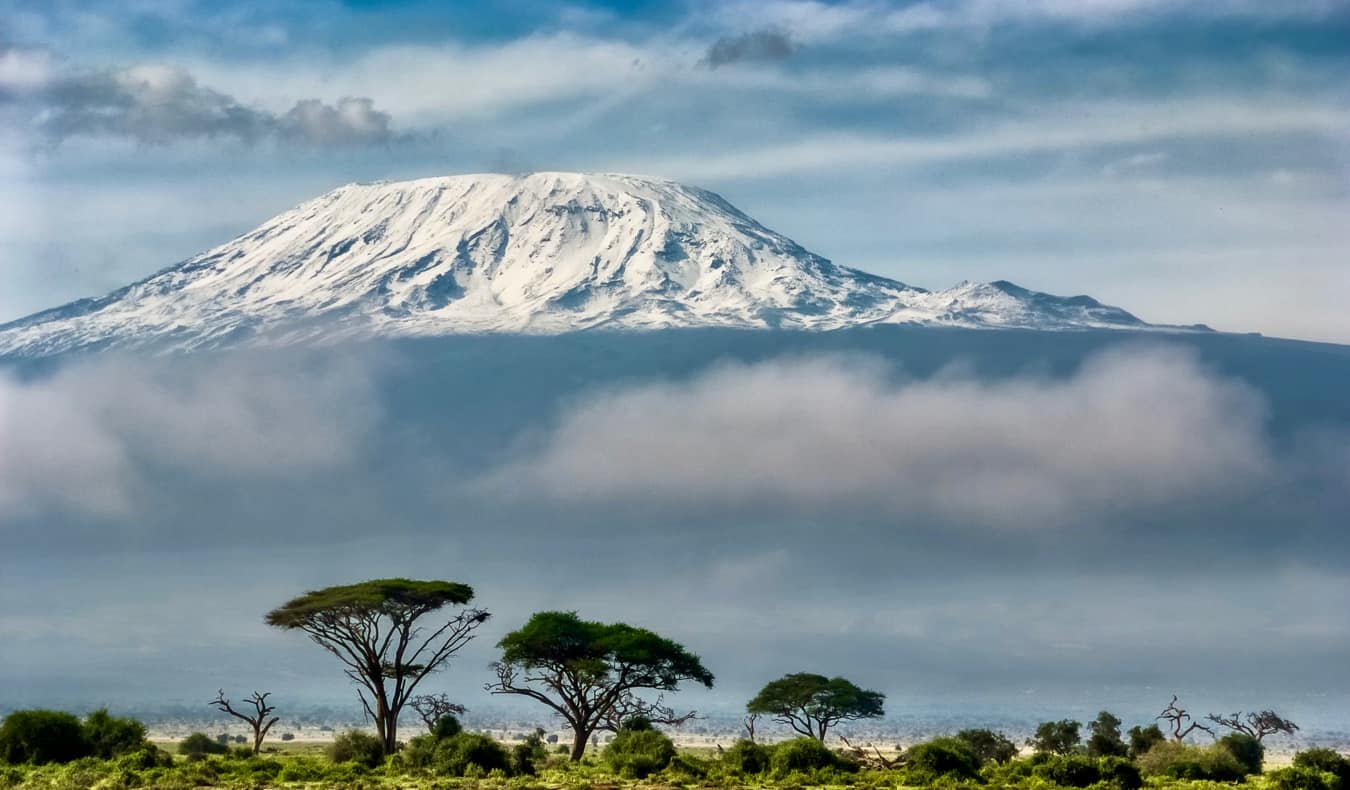You’ve come to the right place if you’re looking for a dependable packing list for climbing Mount Kilimanjaro. Our comprehensive list will assist you in being the best type of climber, prepared with the right balance of essentials while keeping your bag weight manageable.
It is the only Kilimanjaro packing list you’ll need to consult in the preparations for your expedition.
CLOTHING
Because of its altitude, Kilimanjaro creates its micro-climate above the cloud level, which is cold and tends to change as you climb. As a result, you are constantly exposed to the elements, and your body will experience a wide daily temperature range, ranging from 18 degrees Celsius in the rainforest to minus 5 degrees Celsius on the summit, which can easily be lower with the wind.
Proper clothing is essential, and the trick is to use a system of layers that can be added or removed as the weather changes.
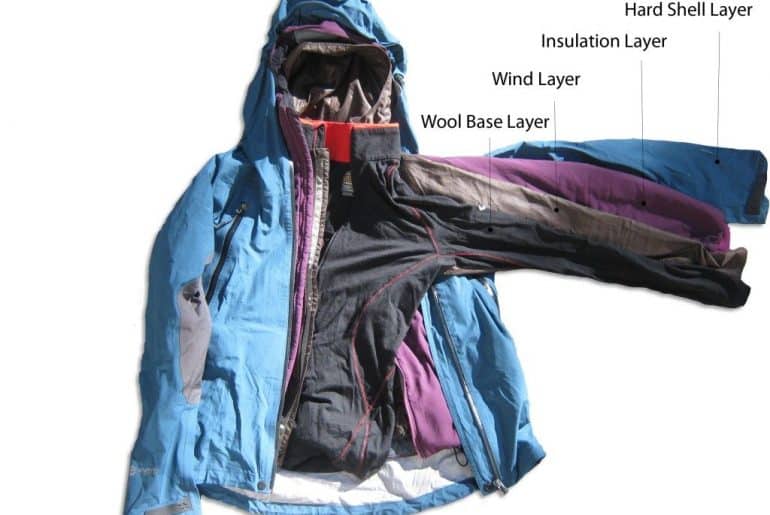
T-Shirts: We recommend Merino wool or synthetic fabrics (NO COTTON), with two short and two long sleeves.
Waterproof Jacket: An outerwear jacket should be made of Gore-tex or a similar waterproofing material. It should be lightweight and protect you from rain/snow while blocking the wind. A hood is required.
Mid Layers: This will be your warm and insulating layer. It can include Merino Wool 200+ weight, fleeces, light down or synthetic jackets. Again, you will only need one or two of these layers.
Outer Layers: Get a heavy-down jacket that you wear every night and morning, so it should be high-quality goose down. It will keep you warm in subzero temperatures. Note that more down is critical.
Shorts: (lightweight) are ideal for hiking at lower elevations. The best fabrics are nylon or synthetic. You’ll only need one pair.
Trekking Pants: Carry one or two pairs of trekking pants made of a quick-drying, synthetic material.
Fleece Pants: Warm fleece pants or tracksuit pants are recommended after trekking. You’ll only require one pair.
Waterproof Pants: You’ll need one pair of waterproof pants to wear over your trekking pants in case of rain or heavy snow. These can be Gore-tex or other waterproofing materials.
HAND & FOOTWEAR
Mountain climbing requires you to take care of your hands and feet. Cutting your nails before you leave and keeping your feet clean and dry will save you from pain and blisters.
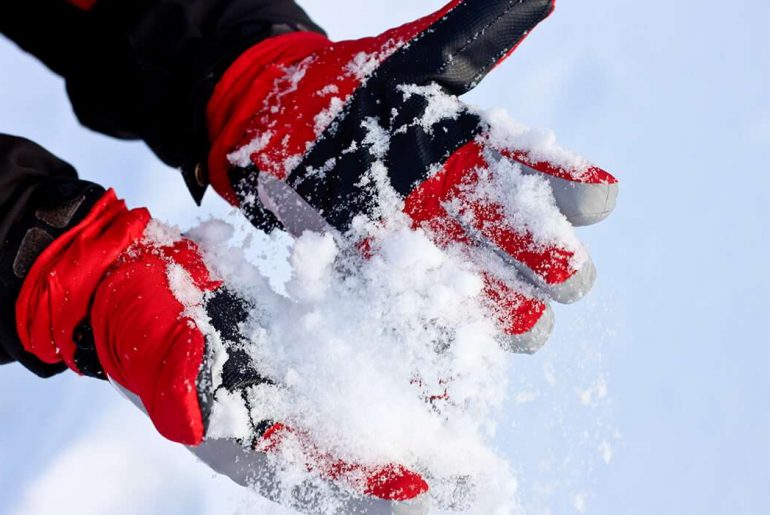
Gloves: You’ll need one pair of warm, waterproof outer gloves and one pair of smaller liner gloves—warmer gloves, similar to those worn while skiing, will keep you warm in the freezing temperatures.
Boots for walking: Wear leather boots well covered in dubbin to keep the water out. In addition, boots should have adequate ankle support and a stiff midsole to prevent excessive bending.
Socks for hiking: Trekking socks are acceptable for the first five days – one pair per day – but for the summit night, a woolen mix is warmest; but make sure they fit comfortably in your boot with no tightness. Socks can be either long or short.
Footbed and spare laces: Kilimanjaro’s terrain is punishing, so bring extra boot laces. If your feet get wet, you can replace them with a dry footbed the following day.
Camping footwear: When you arrive at camp, change your boots and allow them to air out. Bring a pair of camp shoes, like trainers, lightweight walking shoes, or sandals.
HEADGEAR / EYEWEAR
Because our heads lose half of our body heat, keeping your head warm while trekking Kilimanjaro is critical. On the other hand, the intense UV rays at high altitudes pose a risk of sunstroke and sunburn.
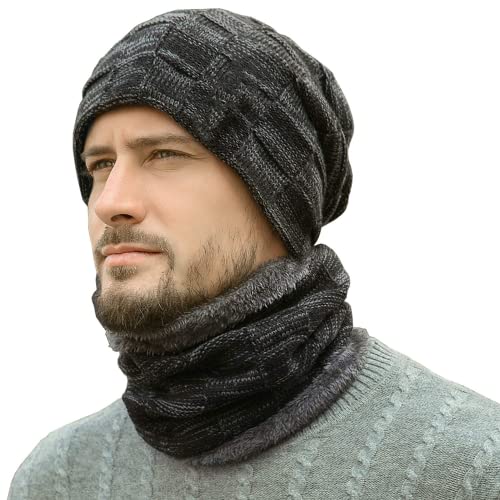
Sunglasses: You’ll need a pair of dark, wraparound sunglasses at higher altitudes, preferable to category 3 or 4, to protect against harsh UV rays and ice-glare. Carry a spare pair.
Head and Neck Sun Hat: The hat should have a brim to protect your ears, neck, and face from the sun’s rays. You will undoubtedly rely on this to keep you from overheating and dehydrating, which could ruin your trip.
Winter Hat: To keep warm in the cold temperatures, you’ll need a warm fleece or wool hat.
Buff/Neck Gaiter: This is must-have equipment for keeping your neck warm, covering your mouth, and keeping moisture high up.
BAGS
Day Pack Backpack: Approximately a 35-liter pack that you can carry with you daily with your daily items/personal documents/camera/money. It MUST have a hip belt for support/weight loading and an inner frame for back comfort.
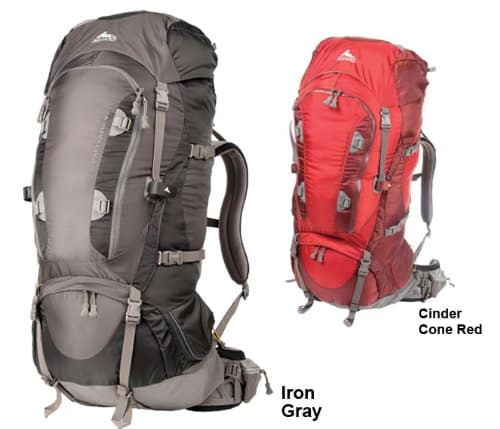
Backpack Splash Cover: In heavy rain, this cover can be placed on your backpack to keep the contents dry and to protect essential items, like your camera/passport/money.
Duffle Bag: Porters should use a duffel bag or kit bag around 100 liters in size. It must not weigh more than 15kg/33lbs and must be water resistant.
Thermarest: This self-inflating mattress is an essential piece of Kilimanjaro gear.
Sleeping Bag: You must bring your sleeping bag. We recommend a temperature rating of -15°C (0°F). If you know you get cold quickly, bring a liner sheet for your sleeping bag.
PERSONAL HYGIENE & SELF-CARE
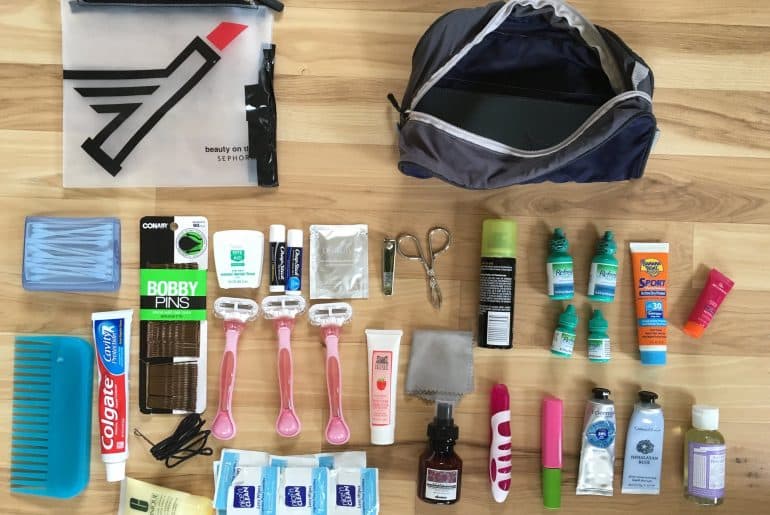
-Sunscreen – to protect your skin from sun rays
-Toothbrush and a small tube of toothpaste
-Small soap bar or bottle, preferably biodegradable. (At the camps, soap is provided for hand washing.)
-Travel-sized cans of dry shampoo
-Nail brush – many of the campgrounds are muddy and dusty
-Small hair brush – Your hair will become matted and tangled
-Face flannel – quick-drying travel towel fabric.
-One small towel – for perspiration and another for drying your face and hands
-Gel hand sanitizer
-Moisturizer – Coconut oil is both hydrating and antimicrobial
-Face wipes – preferably biodegradable – Green Goo is an excellent plant-based salve
-Carmex is a perfect lip balm with SPF25 protection
-Natural aluminum-free deodorant brands include Crystal, Native, Each, and Every
-Tweezers and tissues, and wipes
FIRST AID KIT
It is just a suggestion of what we recommend you bring; you may have other personal items you need to include in your kit.
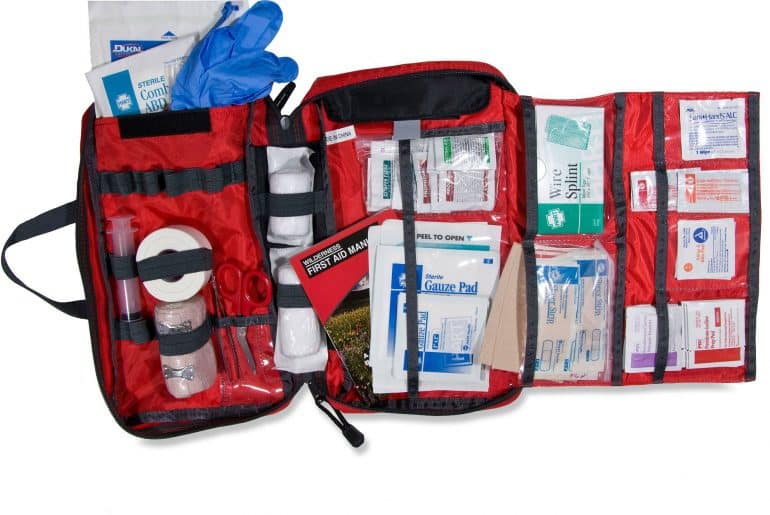
-Diamox: 125mg in the morning and afternoon
-Inflammation: Ibuprofen is ideal for altitude and aiding sleep
-Antibiotics: Two courses as directed by your doctor. One for chest and upper respiratory tract infections and one for abdomen and bowel infections.
-Cough lozenges (4th)
-Wound Care. One should be enough
-Triangular Bandage. One should be enough
-Melolin Dressings (7th). Four ten centimeters by ten centimeters
-Bandages/plasters: An assortment pack of these
-Antiseptic Cream (nine). One tiny tube.
-Treatment for Diarrhoea.
-Insect Repellent, one small bottle of DEET repellent (50%)
-Foot Powder is essential for keeping feet in good condition
-Anti-inflammatory tablets to reduce inflammation
-Tablets containing antihistamines.
-Multivitamins (15). Most importantly, to maintain a healthy immune system and avoid illness.
OTHER ESSENTIALS
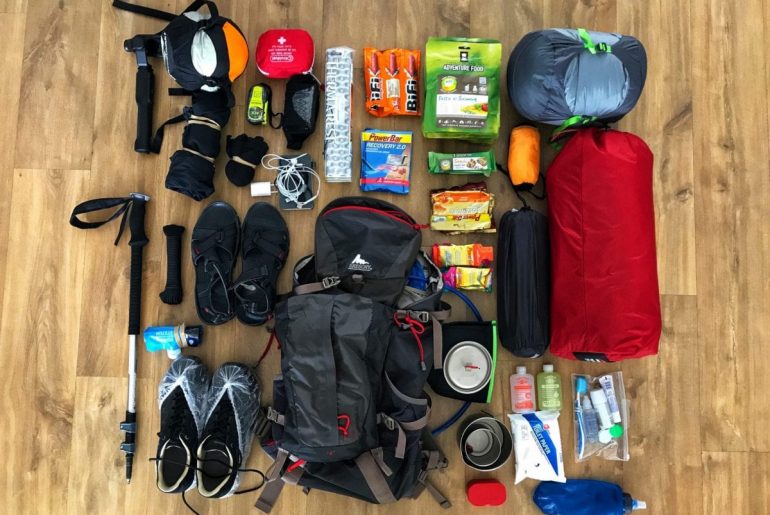
-Water bottle- to stay hydrated. Platypus or camelbacks are fine too.
-Flask: On summit night, you will want a hot drink to keep warm and hydrated
-Trekking poles – for the descent, which is on loose scree
-Hand warmers – Ideal for those who get cold easily
-Microfiber travel towel – Lightweight and dries quickly. Optional.
-Mosquito repellent
-Navigation: map, compass, altimeter, GPS device, personal locator beacon (PLB) or satellite messenger
-Torch
-Book/games
-Padlock – Security code rather than a key protects the best padlocks
-Plug adaptor (2 pin round) – Look for the type G plug adaptor to use in the hotel in Tanzania.
DOCUMENTS
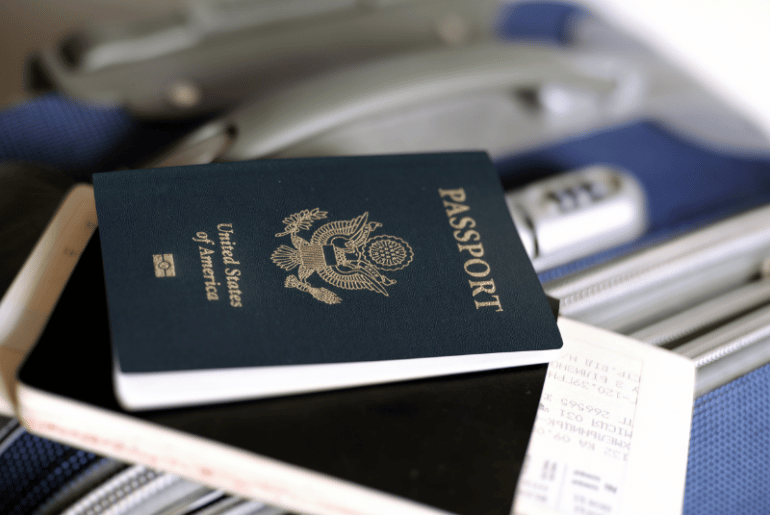
-Passport – Don’t forget a photocopied (and a photo on your phone) in case of loss/theft.
-Yellow fever certificate – for entering Tanzania if you are coming from or via a country where there is yellow fever
-Travel insurance details and policy certificate. Keep a paper copy as well as a digital copy.
-Money – Bring cash as well as credit cards.
-Flight details – Keep a paper copy for airport check-in.
Conclusion
You are now ready to embark on your Kilimanjaro climbing adventure! Remember to keep the weight of your bags minimum as the climb is long and tasking. Try to choose items that can do double duty. You do not need as much as you think. Enjoy your trip.
